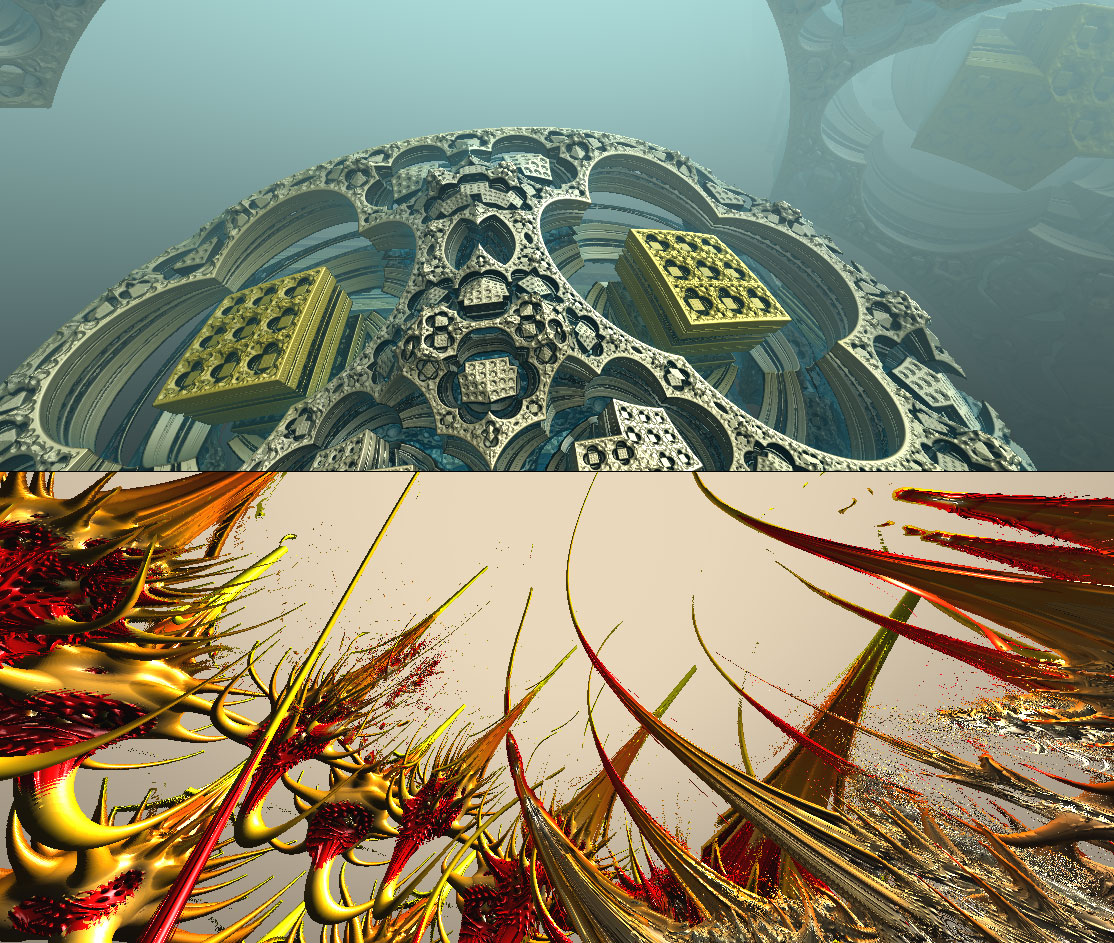Fractal magic with WebGL
I’ve been so busy recently I haven’t had chance to work on any personal projects (bar a small amount of node.js, but that’s a future blog post); so I thought I do a quick post on a very impressive project that caught my eye last week: Fractal Lab.

Fractal Lab, as the name suggests, is a fractal rendering tool using OpenGL Shading Language (GLSL) by a very talented programmer called Tom Beddard. Now I’m not going to lie to you, the mathematics behind all this goes way over my head! OpenGL on the other hand is something I’ve read about with increasing frequency recently due to the WebGL explosion happening on the ‘net at the moment. Big thanks to all the developers of Firefox, Chrome (Webkit) and Opera for that! Internet Explorer 9 on the other hand isn’t planning on supporting it. Hopefully that will change in the future.
Fractal Lab allows you to render out 2D & 3D fractals directly to your browser and navigate through them in real time! Be warned though, this will push your browser and graphics card really hard. It mentions this on the site; it’s possible to lock-up your GPU with certain GLSL fractal shaders, so be careful (my poor laptops on-board graphics card did exactly that, so he’s not lying) :)
There’s hours of fun and experimentation to be had with this superb example or WebGL. Thank you to Tom for developing it.
